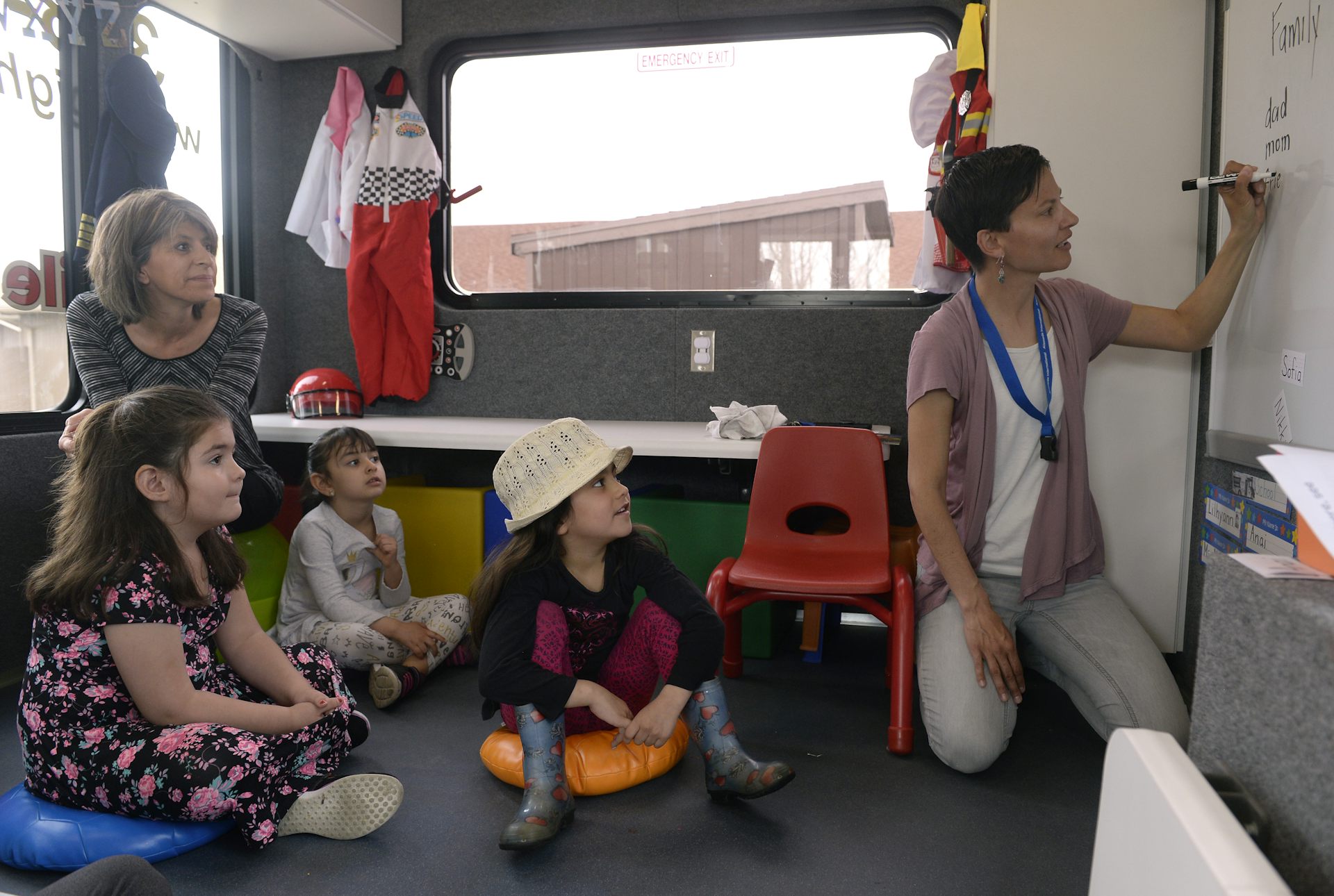5 things to consider before you hire a tutor for your child
Tutoring is a billion-dollar industry. A former tutor explains what to look for in a tutor for your child and urges parents to consider free options before they open up their pocketbooks.

Private tutoring is a growing business, with people spending hundreds of billions of dollars. But is it worth it? And how does a person pick among all the options?
If you are considering hiring a tutor, here are five tips to keep in mind.
I make these recommendations as a former higher school math teacher, current Ph.D. candidate in math education and veteran private tutor in math, science and humanities for students from elementary through university level.
1. Identify your goal
Are you trying to pass a test or a class? Or are you actually trying to learn something?
If all you want to do is pass a test or a class or get some other short-term result and be done with it, that’s a performance goal. However, if you want to actually understand an idea and be able to transfer it to different situations, that’s a learning goal.
While parents may have both performance and learning goals for their children, in general, learning should be placed above performance. Learning will lead to better performance, but it will happen at its own pace.
If you decide to use tutoring to achieve a performance goal, be aware of the pitfalls. If a student needs excessive test prep to pass a class or get into a program or college, the student may be set up for failure in whatever comes next.
2. Look carefully at the tutor’s actions
Good tutoring is not just the tutor teaching the student. In order for tutoring to be effective, students should be actively involved in the process, not just sitting silently while the tutor talks.

Here are a few things to listen for when a tutor is working with a student:
If the student does something right, does the tutor always say “Good!” and move on? Or does the tutor sometimes ask follow-up questions to check thinking? It’s better when there are follow-up questions, because sometimes students draw conclusions that help get answers correct on the current type of problem but then cause mistakes on the next types.
If the student makes a mistake, does the tutor say, “No, do it this way”? Or does the tutor say, “Tell me why you made that choice”? Getting the student to explain their choice enables the tutor to gain more insight into how the student goes about solving problems and to catch any errors in the student’s thinking.
Does the tutor help the student practice how to deal with confusion and mistakes? Students learn the most when they make a mistake and recognize that they made one. A good tutor will not intervene to prevent the mistake, but rather allows the mistake to happen and then helps the student to identify and fix it. This approach teaches skills the student can use when the tutor is no longer there.
A tutor who says “OK, this is a quadratic equation so you need to factor,” or “This question is about similes, so look for the words ‘like’ or ‘as,’” has done most of the thinking for the student and is not helping them long-term. Students should be asked to read a question and decide on a plan before the tutor gives any feedback.
3. Don’t forget free options
Before parents jump straight to paid tutoring services, it would be beneficial to explore free options.
Free options include afterschool help from classroom teachers, peer tutoring programs at school, professional tutoring from outside companies the school pays to come in after school or on weekends and tutoring programs in city libraries and community centers.
Paid options include one-on-one tutoring, small group tutoring and online tutoring. These options are offered by both tutoring companies that hire many tutors and individuals such as college students and teachers.
The adage that “you get what you pay for” does not necessarily apply to tutoring. Volunteer or peer tutoring can be very effective. Price does not predict effectiveness.
4. Do things on your own at home

If your child struggles with reading, read to your child, with your child and in front of your child. This applies whether you have young children or older children. Let them see you reading books, magazines and online. Foster a love of reading and a sense that reading is a regular activity in your home.
If your child struggles with English or writing, you can help by using a wide variety of words when you speak to them, including words they don’t yet know. If parents are not strong in English, they can still teach their children to speak, read and write in their native language, and they can always transfer those skills to English with the help of their teachers. Research shows that children benefit from first learning to read and write in the language in which they think.
If your child struggles with math, find ways to do math with your child in enjoyable ways like games or apps. Interestingly, working on math with your child benefits them even more if you are anxious about math yourself. If you don’t understand their homework, ask them to justify their work out loud to you or themselves. Children learn when asked to reflect on their own work, even when a tutor (or parent) doesn’t give a lot of feedback or explanations. Keep prompting your child until they have fully justified their work in their own mind.
5. Keep expectations reasonable
There is no guarantee that tutoring will pay off.
While tutoring is generally more likely to benefit a student than not, research on tutoring is contradictory because there are so many factors at play. And too much time spent on tutoring can actually have a negative effect on students.
For instance, tutor expertise in a subject might increase student performance, but it might also make no difference that you can readily see.
A tutor’s previour experience can have a positive effect, but surprisingly it could also have a negative effect on students.
One of the reasons the research is all over the place when it comes to tutoring is because student characteristics vary. For instance, some students may put forth more effort or have more motivation than others. Outside factors such as classroom instruction and living situations also come into play. Tutoring can only do so much.
Surani Joshua does not work for, consult, own shares in or receive funding from any company or organisation that would benefit from this article, and has disclosed no relevant affiliations beyond their academic appointment.
Read These Next
George Plimpton’s 1966 nonfiction classic ‘Paper Lion’ revealed the bruising truths of Detroit Lions
George Plimpton, then a 36-year-old literary editor, endured the brutal realities of a professional…
What makes a true Santa is inside – and comes with the red suit
Researchers who surveyed 849 professional Santas found that one-third of them didn’t adhere to the…
The ChatGPT effect: In 3 years the AI chatbot has changed the way people look things up
ChatGPT has dramatically altered how people retrieve information, muscling aside Google search as the…






